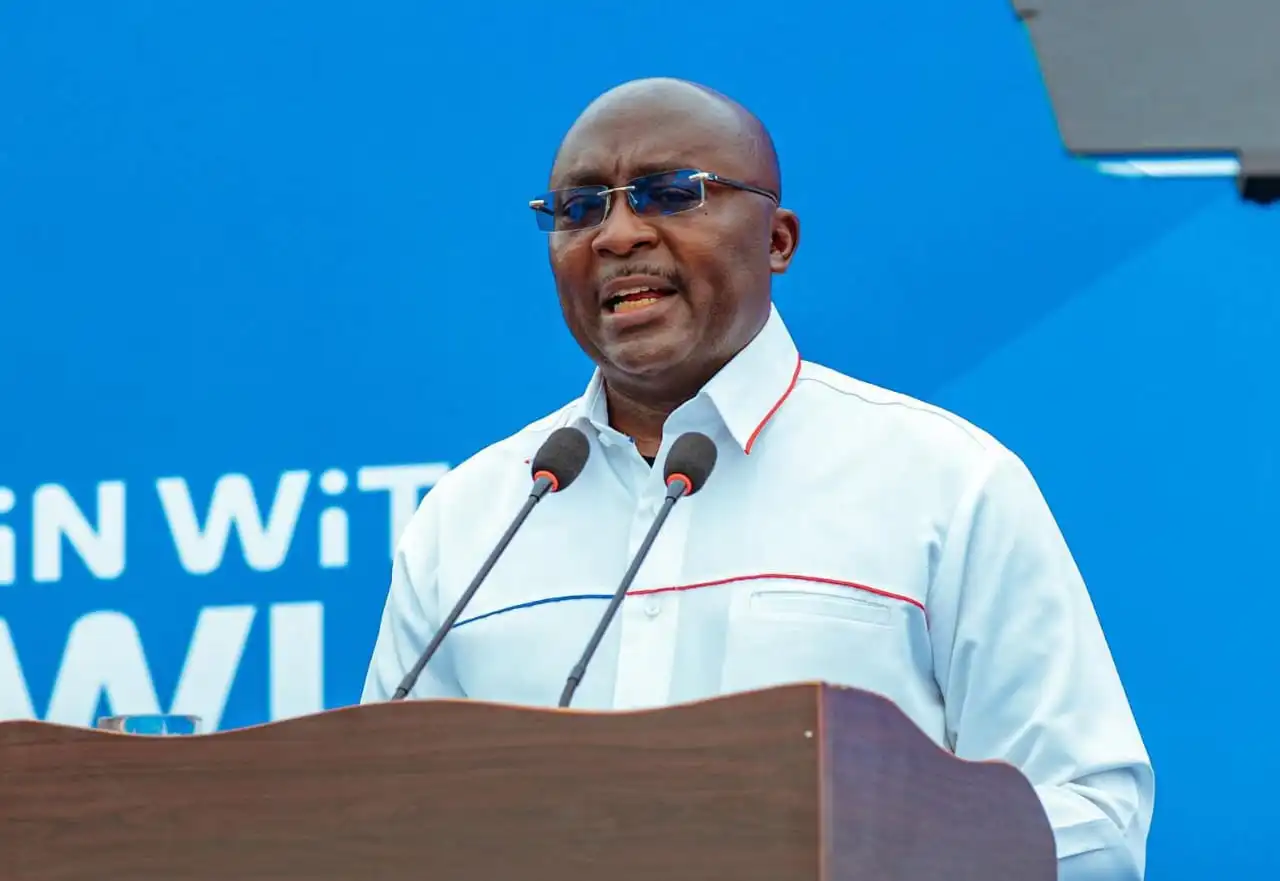
Following two years of delays and technical difficulties that contributed to lower first-year enrollment at Drexel and some other local universities, the newest federal financial aid forms for college are available online, the U.S. Department of Education said Wednesday.
It’s the earliest launch of the Free Application for Federal Student Aid, or FAFSA, in the program’s history, the department said.
“All of us in the financial aid/university communities are happy that this is kind of being kicked off without any hiccups,” said Francesca Reed, vice president of enrollment and marketing at Neumann University in Aston. “We’ll finally be back on track to where we were a couple years ago.”
U.S. Secretary of Education Linda McMahon said the early launch of the 2026-27 FAFSA ″ensures American students and families have access to critical resources as they begin or continue their postsecondary education journey.”
» READ MORE: Here’s what one Philly-area college financial aid expert advises about the latest FAFSA delay
In 2023, at the end of the Biden administration, a newly revised FAFSA wasn’t available until December, causing widespread concern about access during a critical time in the college application process. Even when it was launched, families were having a hard time logging in or were kicked out and forms were only available during limited hours. It didn’t become fully operational until the second week in January. In the past, the form typically had been available by Oct. 1.
And that wasn’t the end of the problems. In February 2024, another delay was announced. The department said data from the form wouldn’t be sent to colleges until March, two months later than expected, shortening the window that students had to weigh options and reply to colleges by the traditional May 1 decision deadline.
» READ MORE: Big changes in applying for federal financial aid are coming: Temple official breaks down what it all means.
The General Accountability Office, a bipartisan federal government agency, released reports last year, citing the magnitude of the mistakes, including more than 40 separate technical issues.
Last fall, FAFSA wasn’t launched until late November. Congress became so concerned that members that month passed a bill mandating FAFSA be released by Oct. 1.
Colleges blamed lower first-year student numbers on the botched rollout of FAFSA, which made an already complicated college application process even more complicated. Drexel University, for instance, said last fall that it was “seriously impacted” by problems with FAFSA, which contributed to a decline in first-year enrollment, adding $22 million to the university’s budget challenges.
The early release of FAFSA will benefit students and families, especially those from first generation and low income families, said Sean E. Vereen, president and CEO of Heights Philadelphia, a nonprofit aimed at providing better access to quality educational and workforce opportunities.
“Each year, thousands of young people risk losing access to financial aid simply because of confusion or delays in the process,” he said. “Ensuring that students, particularly those from first-generation-to-college and low-income communities, have the information, support, and time to complete the FAFSA form early, is essential to expanding access to college and creating real pathways to economic mobility.”
In its announcement Wednesday, the department said it also updated the process to improve efficiency. Students, for example, can ask their parents to complete their portion of the FAFSA form using a code.
“This redesign will improve completion rates, increase satisfaction, and reduce call center volume,” the department said.
The new form has been tested since Aug. 3 with the vast majority reporting satisfaction and citing a “reasonable time” to complete the form, the department said.



